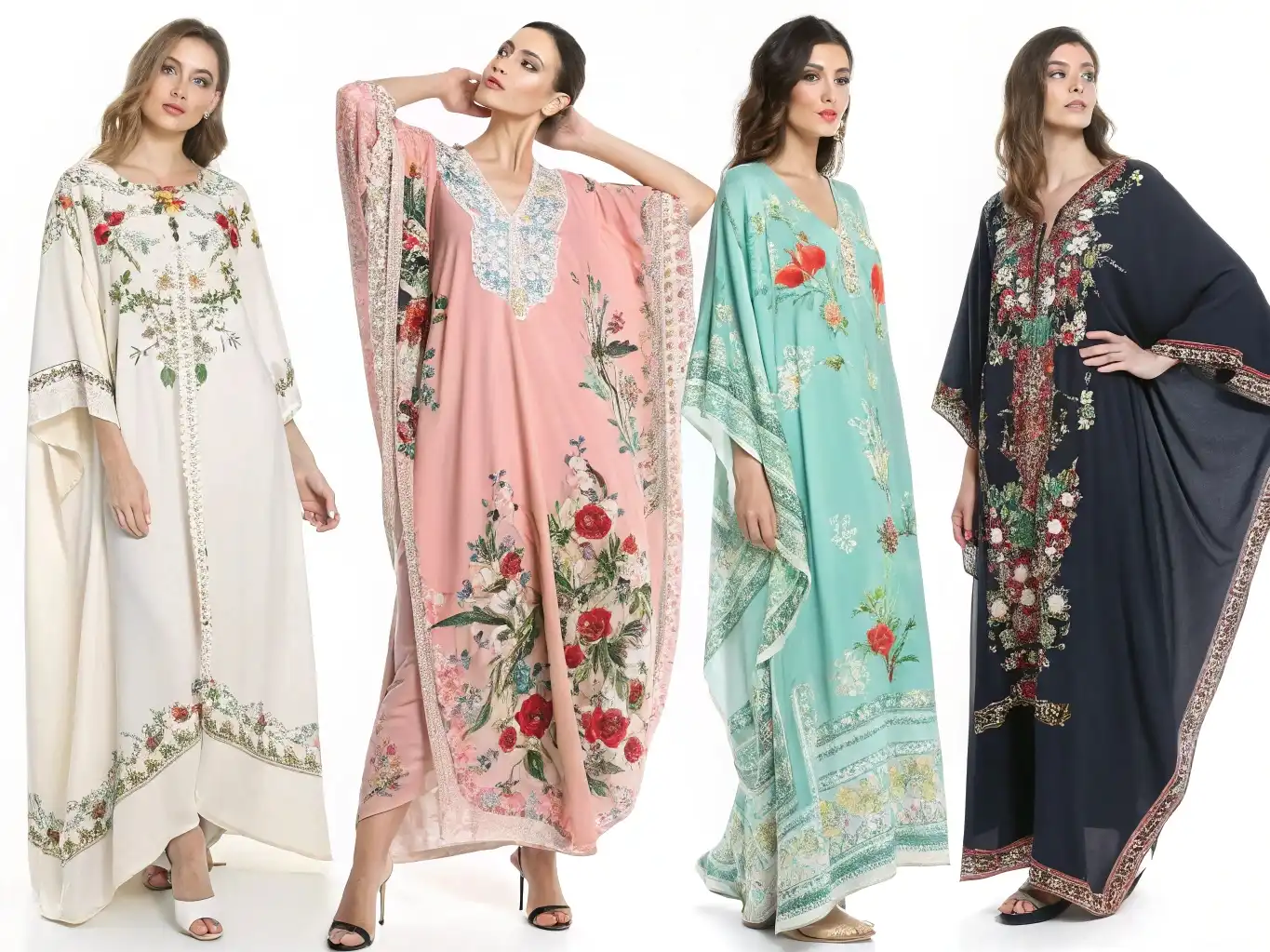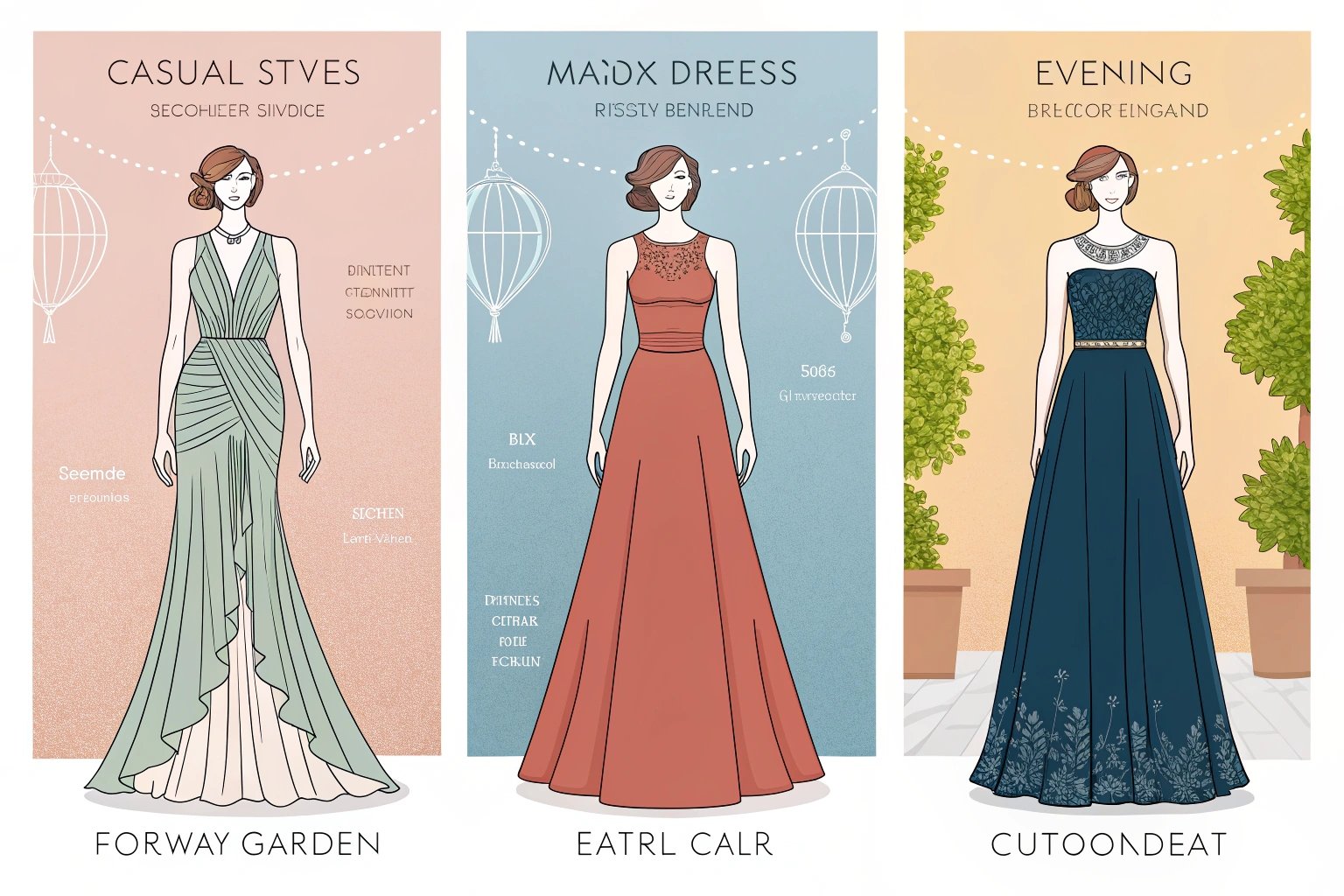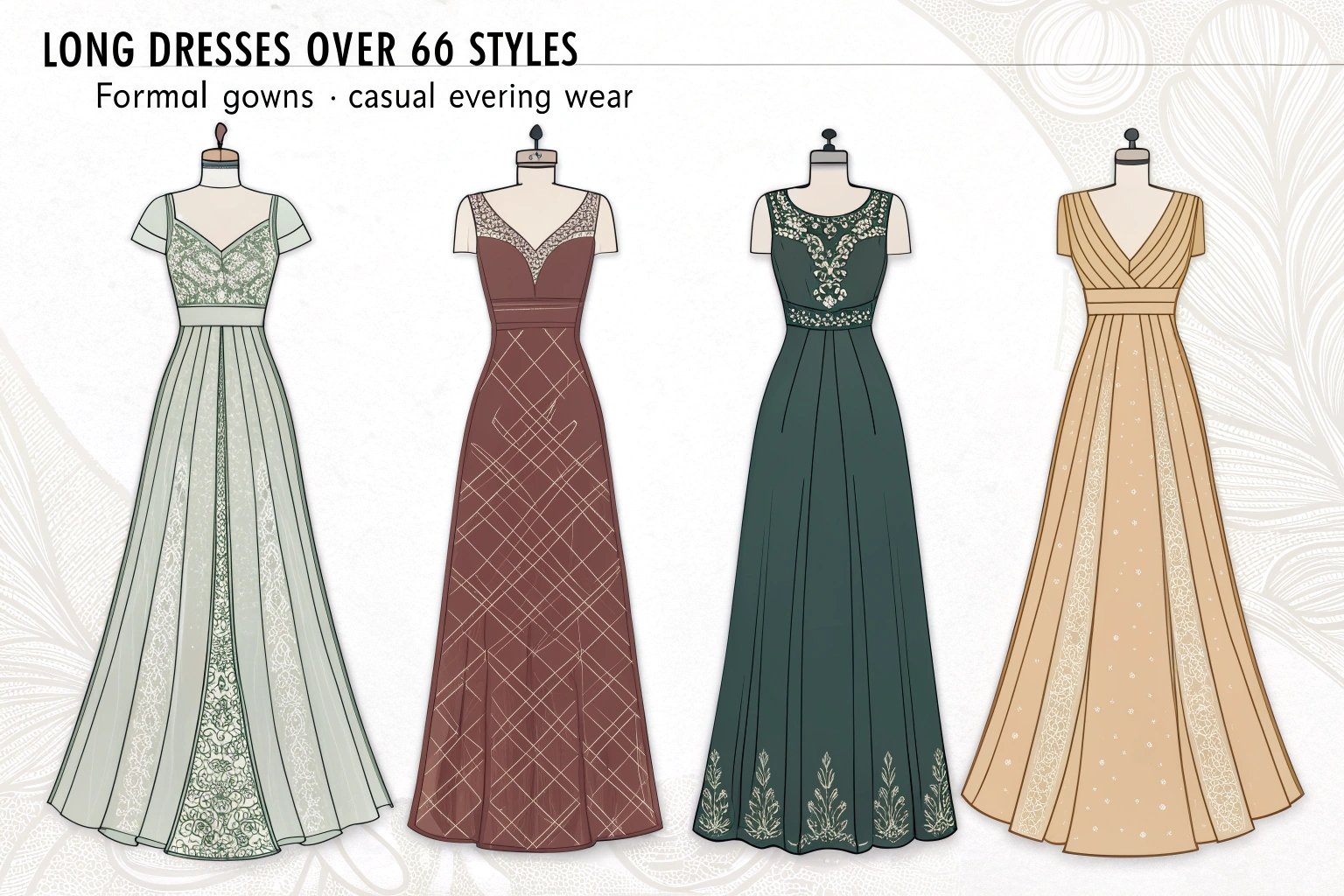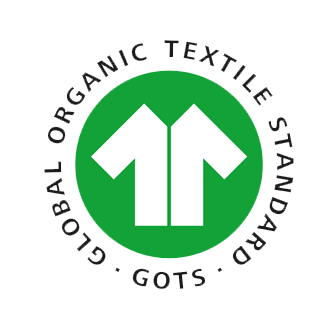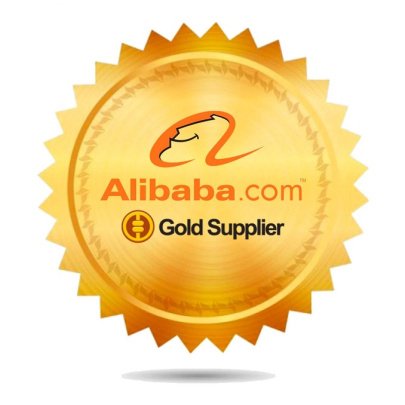Too many clients love a sketch, then hate the dress because the fabric feels wrong. The problem isn’t the design; it’s fabric–form mismatch. Poplin and chiffon look elegant in photos, but they behave very differently. I learned to choose by structure, drape, and context—never by name alone.
Poplin1 is a smooth, tightly woven plain-weave2 fabric with subtle crosswise ribs that holds shape—great for crisp, structured dresses3. Chiffon4 is ultra-light, sheer, plain-weave with high-twist yarns5 that float and flow—ideal for layered, romantic, evening pieces. Picking between them depends on silhouette, climate, budget, and care needs.
Years ago I tried a chiffon mermaid gown. It collapsed. Swapping to poplin with a satin overlay saved the silhouette. Fabric is the architecture; style is the decoration. Let’s pair them correctly.
What Is Poplin Fabric and Why Is It Popular in Custom Dresses?
Poplin gives me clean lines, sharp pleats, and a polished look that survives a full day of wear and pressing. It makes patterns feel precise.
Poplin is a plain-weave with fine, tightly packed yarns and a faint horizontal rib. The density creates a smooth, crisp hand, moderate weight, and high durability. Designers choose poplin when they need structure: shirt-dresses, fit-and-flare, tailored elements, and statement collars.
How poplin is woven—and why it’s durable
- Weave: 1/1 plain weave; higher thread counts (e.g., 120–200+).
- Yarns: Often combed cotton, cotton-nylon, cotton-poly, or mercerized cotton for luster and strength.
- Surface: Smooth, matte to gentle sheen; resists snagging better than loose weaves.
- GSM: ~100–160 gsm for dresses; heavier options (up to ~200 gsm) suit sculptural shapes.
Poplin Use Map
| Design goal | Why poplin works | Notes |
|---|---|---|
| Crisp pleats & darts | Dense weave keeps creases sharp | Steam + pressing cloth avoid shine |
| Defined waist & bodice | Holds seam lines and interfacing well | Use light fusible for clean fronts |
| Puff sleeves / volume | Structure without slumping | Add organza sleeve head for lift |
| Daywear durability | Abrasion and color stability | Choose mercerized for polish |
What Is Chiffon Fabric and Why Is It a Favorite in Custom Dresses?
When I want movement—air, romance, and a soft halo—chiffon is my first call. It makes the dress feel alive.
Chiffon is a sheer, lightweight plain-weave made with high-twist filament or spun yarns (silk, polyester, or nylon). The twist creates a faint crinkle and fluid drape. Designers favor chiffon for layered skirts, soft blouses, wraps, and evening gowns where flow and transparency matter.
What gives chiffon its sheer, floating feel
- Weave: 1/1 plain weave but with high-twist yarns → micro-texture, better drape.
- Fibers: Silk (luxury, breathable), poly (durable, easier care), recycled poly (eco option).
- Surface: Matte to soft luster; slightly “grainy” hand from twist.
- GSM: ~20–50 gsm—extremely light, requiring lining or layers for opacity.
Chiffon Use Map
| Design goal | Why chiffon wins | Notes |
|---|---|---|
| Floaty skirts & overlays | High mobility and air capture | Add lining for modesty & seam strength |
| Soft cascades / ruffles | Falls in waves without bulk | Narrow rolled hems or baby hems |
| Evening elegance | Subtle luster photographs well | Bias cuts need careful handling |
| Summer breathability | Ultra-light, airy | Static control needed in dry climates |

Poplin vs. Chiffon – What Are the Key Differences?
Clients often ask me to “make chiffon behave like poplin.” It won’t. Each fabric has a personality.
Poplin is opaque, structured, and crisp; chiffon is sheer, fluid, and delicate. Poplin excels in tailored daywear and architectural shapes; chiffon shines in evening, bridal, and layered, romantic silhouettes.
Side-by-side comparison
| Attribute | Poplin | Chiffon |
|---|---|---|
| Weave/Yarn | Plain weave, low-twist yarns | Plain weave, high-twist yarns |
| Weight (GSM) | ~100–160 | ~20–50 |
| Opacity | Opaque | Sheer (needs lining) |
| Hand/Texture | Smooth, crisp | Dry-soft, slightly crepey |
| Drape | Structured, holds shape | Fluid, floating, collapses |
| Best For | Shirt-dresses, fit-and-flare, tailored | Gowns, overlays, ruffles, bias skirts |
| Care | Pressable, stable | Snag-prone, careful handling |
| Climate | All-season (breathable if cotton) | Warm weather / evening layers |
| Budget Range | Broad; cotton blends economical | Silk chiffon premium; poly more accessible |
Occasion Guide
- Work/Day events: Poplin shirt-dress, A-line midi, statement collar.
- Cocktail/Evening/Weddings: Chiffon layered gown, capelet, draped bias dress.
- Transitional day-to-night: Poplin base with chiffon overlay panels.
How to Choose Between Poplin and Chiffon for Your Custom Dresses
I start with event, silhouette, climate, and budget, then test drape on a half-scale form. Fabric must match movement and environment.
Choose poplin for structure, pockets, and crisp lines in variable weather. Choose chiffon for movement, romance, and lightweight elegance. In hot, humid climates, airy chiffon layers feel cooler; in cooler seasons, poplin with lining feels reliable. Budget and care preferences also matter.
Decision Framework
A) Project Filters
| Factor | Pick Poplin when… | Pick Chiffon when… |
|---|---|---|
| Silhouette | You need structure & seam definition | You need flow, transparency, layering |
| Event | Work, daytime, semi-formal | Evening, bridal, red-carpet |
| Climate | Mild/cool or AC-heavy venues | Warm/humid or summer evenings |
| Budget | You want durable value | You want ethereal luxury layers |
| Care | You prefer easier pressing & upkeep | You accept delicate care & storage |
B) Matching Fabric to Design
- Fit-and-flare, shirt-dress, tailored midi: Poplin (may add sateen for polish).
- Empire waist, goddess drape, tiered maxi: Chiffon (with lining in cupro/bemberg).
- Hybrid idea: Poplin base dress + chiffon sleeves, yoke, or overskirt for movement.

Tips for Working with Designers on Custom Dresses Using Poplin or Chiffon
Getting fabric right is a conversation. I lock choices with swatches, drape tests, and construction notes before cutting.
Ask about mills, fiber content, GSM, finishes, and lining plans. For poplin, confirm thread count and compactness; for chiffon, confirm snag resistance, colorfastness, and anti-static options. Always test and compare on-body drape.
Sourcing, Quality, and Testing
A) Questions to ask your designer/manufacturer
- Source & composition: Is it cotton poplin, cotton-nylon blend, or silk/poly chiffon? Any recycled content?
- GSM & thread count: Poplin density (feel vs weight); chiffon GSM for opacity plan.
- Finishes: Mercerized (poplin), sand-washed (silk chiffon), anti-static or snag-resist (poly chiffon).
- Lining strategy: Cupro/bemberg for breathability; weight compatibility with shell.
- Construction: Seam type (French seams for chiffon), interfacing type (light fusible for poplin areas), hem finishes (baby hem vs blind hem).
B) Simple in-studio tests I run
- Drape test: Pin a 30×30 cm swatch on a dress form. Poplin should arc; chiffon should cascade.
- Light test: Hold to bright light—poplin density even; chiffon transparency uniform without streaks.
- Scrunch & recovery: Poplin should press out easily; chiffon should spring back without permanent crush.
- Snag test (chiffon): Lightly slide a blunt pin—reject if yarns catch too easily.
- Steam/press test: Check for water spots (silk), press-shine (poplin). Always use a press cloth.
- Colorfastness: Damp white cloth rub on seam allowance—reject if heavy dye transfer.
C) Cost & Risk Controls
| Item | Poplin | Chiffon |
|---|---|---|
| Cutting loss | Low–moderate | Higher (layered/rolled hems) |
| Seam allowance | 1–1.5 cm standard | Narrow; French seams increase time |
| Sampling need | Fit proto + wear test | Fit proto + movement proto + lining test |
| Alteration room | Good (let-outs possible) | Limited (seam visibility, fray risk) |

Conclusion
Poplin is your precision tool—crisp, opaque, and structural. Chiffon is your poetry—sheer, fluid, and ethereal. I choose by silhouette, event, climate, budget, and care—then I prove it with swatches, drape tests, and construction plans. When fabric and design align, a custom dress looks effortless and wears beautifully for years.
-
Explore the unique qualities of Poplin to see why it’s favored for structured dresses. ↩
-
Explore this resource to understand various fabric weaves, enhancing your knowledge for better fabric selection in custom dress design. ↩
-
Learn about structured dresses to understand how fabric choice impacts design. ↩
-
Discover why Chiffon is a go-to for elegant, flowing designs in evening attire. ↩
-
Explore this resource to understand how yarn types influence fabric characteristics, enhancing your design choices. ↩


